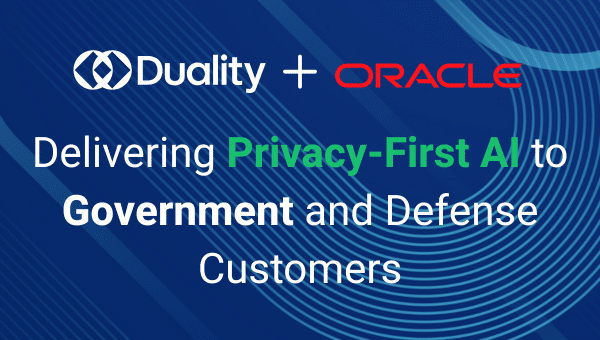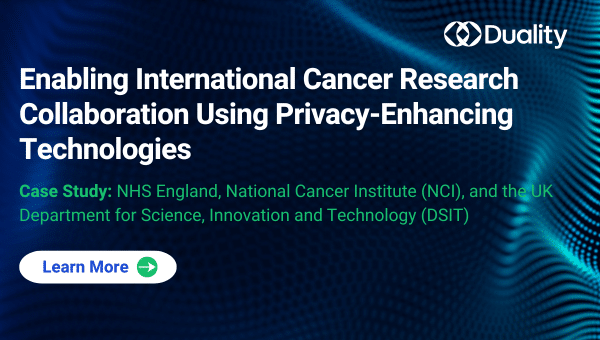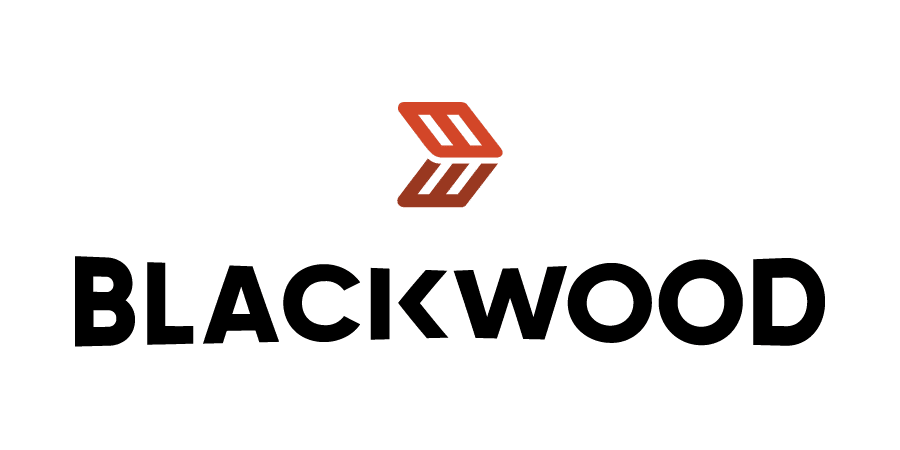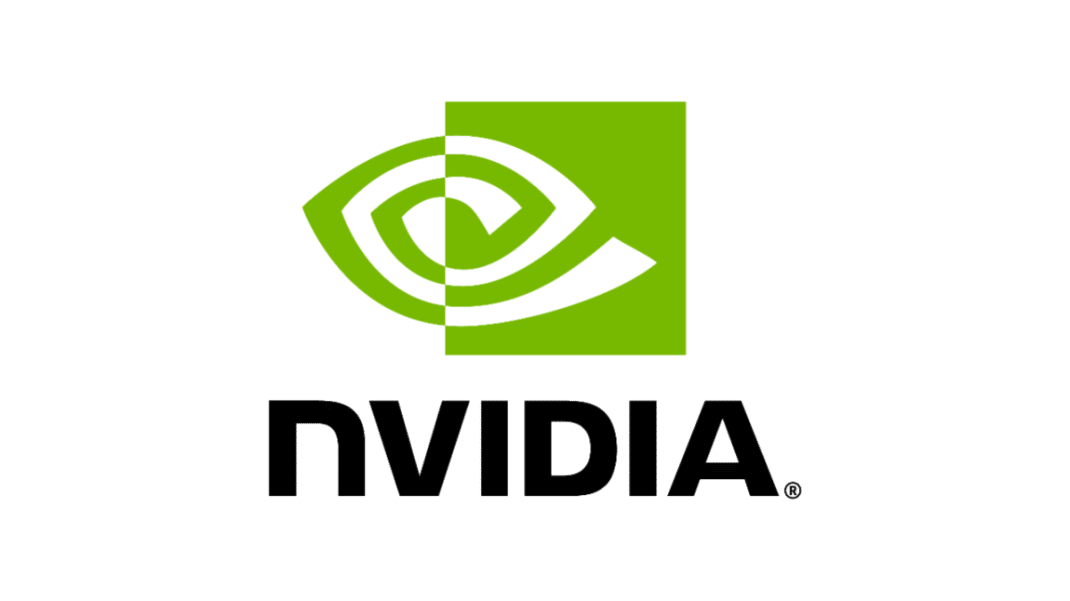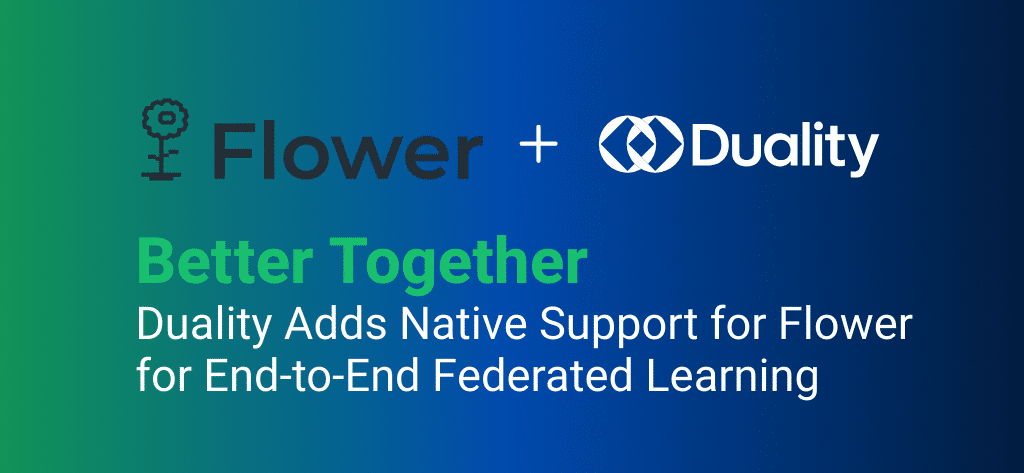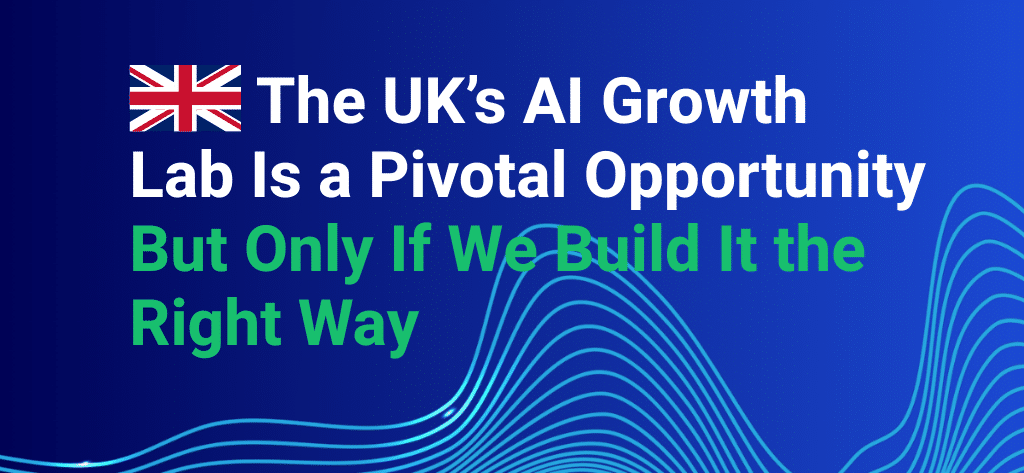AI innovation is no longer just a technical challenge, it’s a legal and reputational balancing act. Independent Software Vendors (ISVs) building analytics, HR, fraud, or healthcare models know this all too well. They need access to real customer data to improve model accuracy and personalization. But touching that data? That’s where things get complicated.
Data liability is now one of the biggest blockers for custom AI development. Between GDPR, HIPAA, ISO 42001, and the EU AI Act, the legal minefield around data access is growing more complex by the quarter. What used to be a straightforward data pipeline is now a waiting game of risk assessments, delayed contracts, and diluted data proxies.
And here’s the cost: generic models, trained on public or synthetic data, rarely meet the performance needs of today’s B2B buyers. Customers want AI that understands their patterns, their risks, their workforce. But ISVs are stuck building “good enough” solutions, if they build them at all.
The good news? There’s a way forward that doesn’t require assuming the legal risk of customer data custody.
Why You Don’t Need the Data to Use It
Privacy-enhancing technologies (PETs) are flipping the script. These tools, such as fully homomorphic encryption, confidential computing and federated learning, make it possible to train and run AI models on data that never leaves its source.
Using this approach you can train / fine tune your model on sensitive customer data while making sure that both data and model are not exposed to the other side… The data stays protected using post quantum encryption. You never see it. But your models get smarter anyway.
This approach solves a number of problems at once:
- Reduces liability by keeping ISVs out of the data processor role
- Speeds up legal reviews and eliminates the need for data-sharing agreements
- Improves model accuracy by using real (not synthetic) data
- Enables cross-border collaboration without breaking sovereignty laws
Where It Matters Most
The need is especially acute in sectors like:
- Healthcare, where patient records can’t be exposed but are critical to train diagnostics or prediction models.
- Financial services, where banks want shared fraud detection models without exposing account-level details.
- HR tech, where companies want insights into attrition and productivity without sending employee PII to vendors.
- Insurance, where underwriting models require sensitive health or behavioral data.
In these spaces, ISVs aren’t just building tools, they’re enabling critical decisions. And the better the data, the better those decisions can be.
The Shift Toward Privacy-First AI
There’s also a growing market expectation. Enterprises increasingly ask whether your AI offering supports “privacy-first” workflows. Procurement teams want to know if your solution complies with the EU AI Act. Regulators want proof that sensitive data isn’t being copied or exposed. Some of the most advanced buyers now expect you to prove that your AI models never even see raw data.
That’s not a trend, it’s a new standard. And ISVs that adapt will unlock customers that were previously off-limits due to compliance barriers.
From Risk Avoidance to Competitive Advantage
Too often, data privacy is framed as a constraint. But for ISVs, it’s becoming a path to product differentiation.
By building AI solutions that don’t rely on raw data ingestion, you can:
- Serve highly regulated customers with zero data custody
- Offer personalized models with superior performance
- Expand to new markets blocked by data localization or legal complexity
- Build trust as a partner that respects and enforces data boundaries
And perhaps most importantly, you avoid being the weakest link in a chain of custody breach. That’s not just good compliance, it’s good business.
Final Thought
If your team is stuck waiting for customer data that never comes, or trying to work magic with synthetic stand-ins, it’s time to rethink your architecture.
You don’t need to own the data. You just need to use it securely, respectfully, and without exposure.
That’s how ISVs will continue to build smarter AI, deliver differentiated value, and meet the rising demands of a privacy-conscious market.


